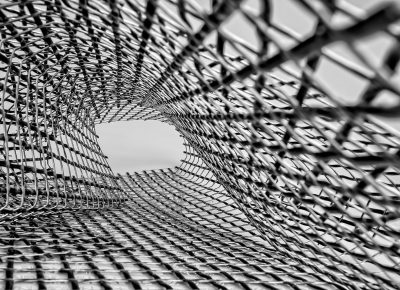A few months ago, I wrote a blog post on fascia and how fascial unwinding can be extremely beneficial to you. I wanted to expand on the concept of fascia this time around, just so that you can understand why it’s something that everyone needs to take a bit more seriously!

As I have previously said, fascia is connective tissue that unifies your entire living system. It surrounds your entire being, from your body, to your muscles, and around your organs, cells, tissues and the various systems of the body. Fascia is also relatively fluid (until it “locks up” due to lack of movement or elasticity) so because of this is actually plays an incredibly important role in the structure of your body. Structure and function go hand in hand together, so the fascia in your body will organize itself depending on how you physically use your body (which in most cases you will see the end result of this being your posture).

Fascia is comprised mainly of collagen and forms a fibrous network of fluid-filled connective tissue throughout your entire body. You could actually consider the fascia to be like a fibre optic network that sends information to various parts of your body. So how exactly is this done?

From an energetic perspective, our thoughts and feelings carry a lot of electric charge to them and where attention goes (i.e. thought and feelings), energy flows! So any thought and any emotion that we experience is, to use the analogy above, the information that travels through the fibre optic network (i.e. our fascia via its fluid composition). This information will cause your body to move in certain ways – for example, if you are stressed out at work, chances are you will be clenching your jaw or grinding your teeth without even consciously being aware of it. Ouch!

From an anatomical perspective, fascia is also innervated, which means that nerves are directly connected to the fascia like they are to muscles in your body (and heck, fascia surrounds the nerves too). Given this, when we work with the nervous system through biodynamic craniosacral therapy or myofascial release, we can directly affect the fascia and encourage it to release its tension (or release some electric charge which is held within the fascia). This is why some people will, during a biodynamic craniosacral therapy or a myofascial release session, make involuntary twitches and movements in their body, as the nervous system is discharging whatever it is that is held in the fascia. It is also common for people to experience a wave of emotion or have certain thoughts or memories that come up during such sessions as the energy is moving through the fascia during a release.
It is also REALLY interesting to note that whilst fascia is everywhere in your body, it does tend to organise itself a bit more around certain horizontal sections of the body like the pelvis (upper and lower), the solar plexus, the respiratory diaphragm, the thoracic inlet area (i.e. around the throat and top of the shoulders), the base of the skull and the middle of the skull (e.g. where the tentorium is in the cranium). Those who understand the chakra system will note that these horizontal sections correspond to the main chakras of your body.

How cool is that?! It really does go to show that we cannot discount the energetic component of ourselves from the physical body and that it is most beneficial to us to have a holistic approach to our health as opposed to a piecemeal approach which in most cases will address the particular symptom but not necessarily the underlying cause.

